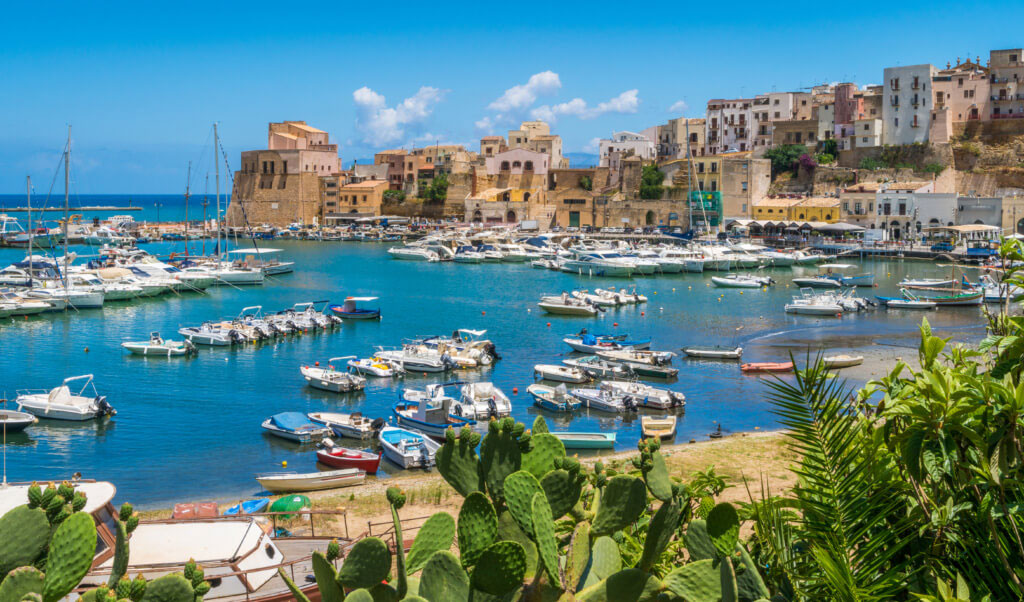
CASTELLAMMARE DEL GOLFO
Castellammare del Golfo fascinates travelers from all over the world. This town in the province of Trapani holds an ancient history. It rises on the slopes of Monte Inici and overlooks the gulf bordered to the west by Capo San Vito and to the east by Capo Rama. Si trova poco distante da Palermo e da alcune località turistiche molto apprezzate, come San Vito Lo Capo, Scopello e la Riserva dello Zingaro. Il suo passato è legato a un episodio tra storia e legend. It is said that, in July 1718, a Spanish ship, in an attempt to escape some English ships, found refuge near the Gulf of Castellammare. The British, angered by the help that the inhabitants of the place were giving to the Spanish enemies, prepared to attack. The inhabitants invoked the Madonna del Soccorso, who appeared and made the English run away. This is just a little curiosity to start our journey: here's what to see in Castellammare del Golfo and surroundings.
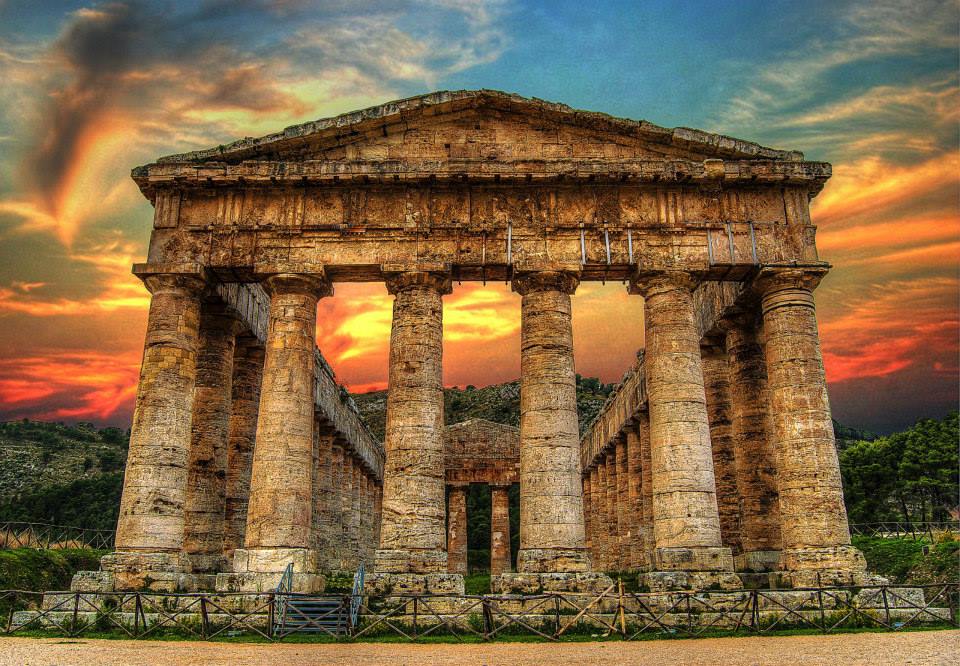
SEGESTA
Segesta was called an ancient city built by the Elimi, on the top of Monte Barbaro, in the municipality of Calatafimi Segesta, today under the administration of the province of Trapani.
The date of its foundation is not known, but the various historical documents that have come to us from the Greek historian Thucydides, speak of a civilization that inhabited it around the fourth century BC. According to his narratives, Segesta (as well as Erice), was founded by the Elimi, or a group of Trojans who fled to Sicily by crossing the Mediterranean Sea.
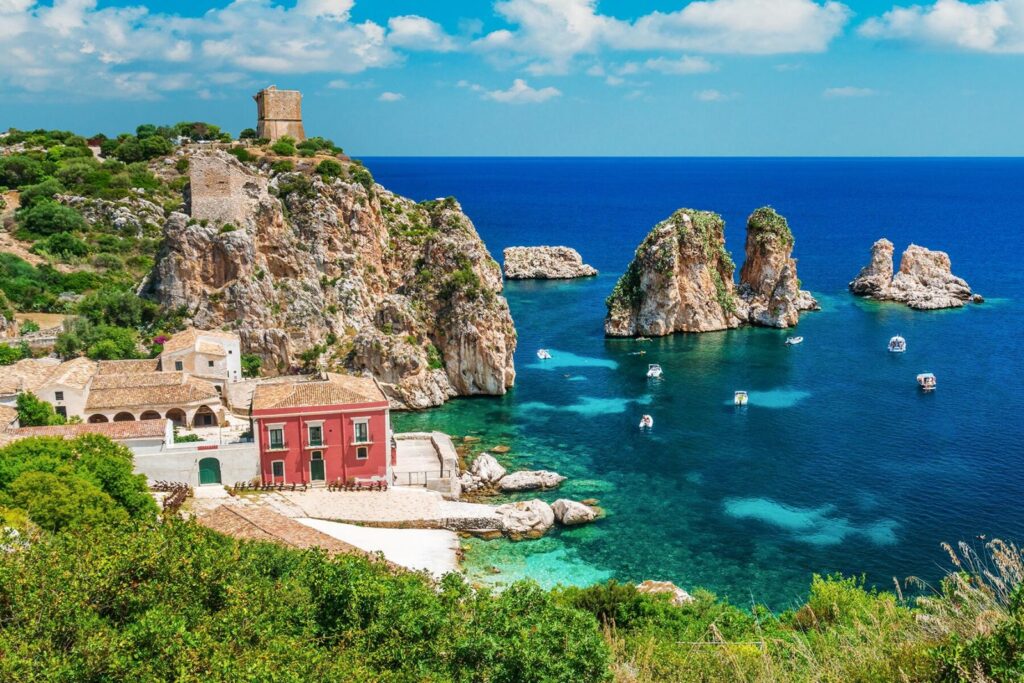
SCOPELLO
Let's start, of course, with the Tonnara di Scopello, one of the oldest and most important in Sicily. The first buildings date back to the thirteenth century, the actual trap was built in the fifteenth century by Giovanni Sanclemente and enlarged by the Sanclemente family during the sixteenth century; it then passed to the Society of Jesus and finally to the Florio family.
Right at the Tonnara there is the splendid Faraglioni Beach, truly suggestive. The beach consists, in part, of a concrete platform. Access is very easy, therefore also suitable for children.
A visit to the baglio and a passage in front of the small church should not be missed but, more importantly, you cannot fail to taste the delicious cunzatu bread of Scopello, a delicacy famous throughout Sicily. Simple ingredients, such as oil and tomato, but an excellent result!
Scopello è sinonimo di acque cristalline: vi consigliamo un tuffo a Cala Bianca, poco distante, a Guidaloca. Since you are in the area, why not also go to the Riserva dello Zingaro?
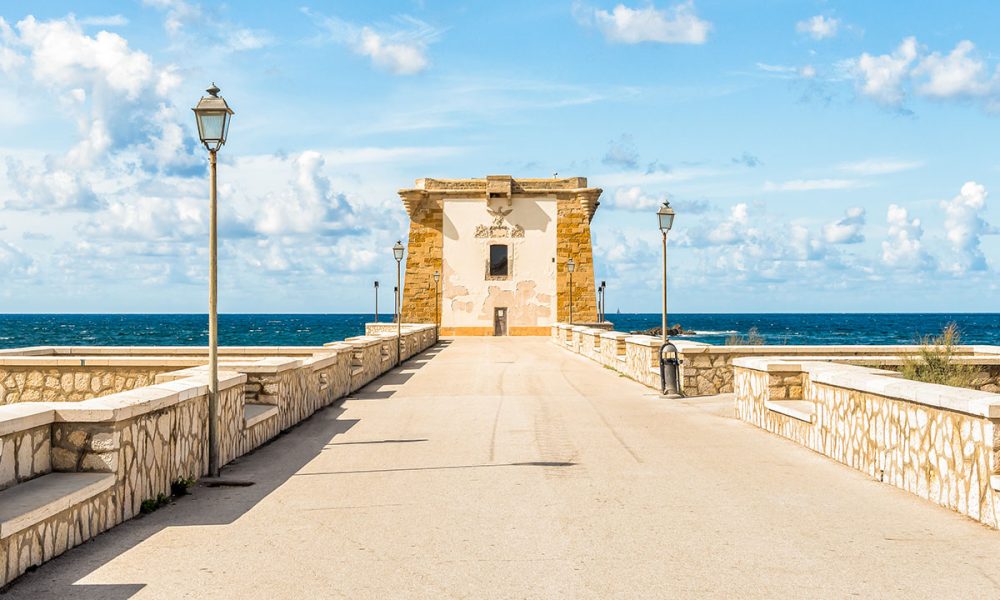
TRAPANI
Here is a list of monuments and churches that you can admire:
- The Ligny Tower on the tip of Trapani
- The Agostino Pepoli Regional Museum
- The Basilica of San Lorenzo
- The Church of the Souls in Purgatory
- The Museum of Contemporary Art
- The Fountain of Saturn
- The Clock Tower
Also take a trip to the fish market, it will be the best way to immerse yourself in the atmosphere of a Sicilian city! Or maybe take a walk in the park of Villa Margherita to enjoy some greenery.
If you love shopping, you will surely love Via Giovanni Battista Fardella, the main shopping street of the city, with its cafes, restaurants, shoe and clothing stores.
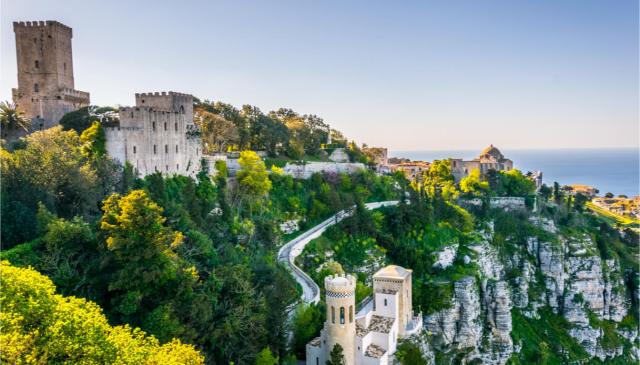
ERICE
On the top of a legendary mountain there is a village full of charm. When you ask yourself what to see in Erice, you go through alleys and buildings, you get lost in the fog to find yourself inside ancient pastry shops and look at the most beautiful sea from above. This town in the Trapani area was allegedly founded by the Elimi, a people probably coming from Greece and settled in western Sicily around the eighth century. B.C. It was a religious center of fundamental interest due to the presence of the sacred thémenos, the pagan sanctuary dedicated to the goddess of love (Goddess Venus Ericina). Its strategic importance has made it a destination for many peoples, such as the Carthaginians. They strengthened the walls built by the Elimi and made the city practically inaccessible and impregnable.
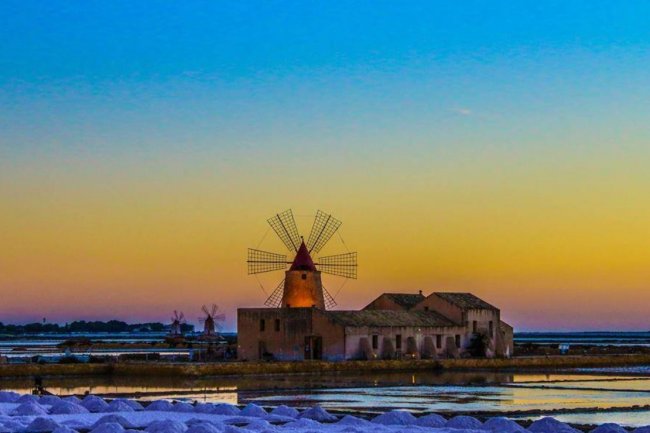
MARSALA
City rich in history, between sea and vineyards, it offers many attractions, which is told through the Punic ship, the archaeological park, the well-kept historic center, the museums and the past of the historic landing of Garibaldi with his Thousand.
The richness in artistic terms is surrounded by unspoiled nature, which is best expressed with the Stagone lagoon, with the island of Mozia, with golden sandy beaches and a clear sea.
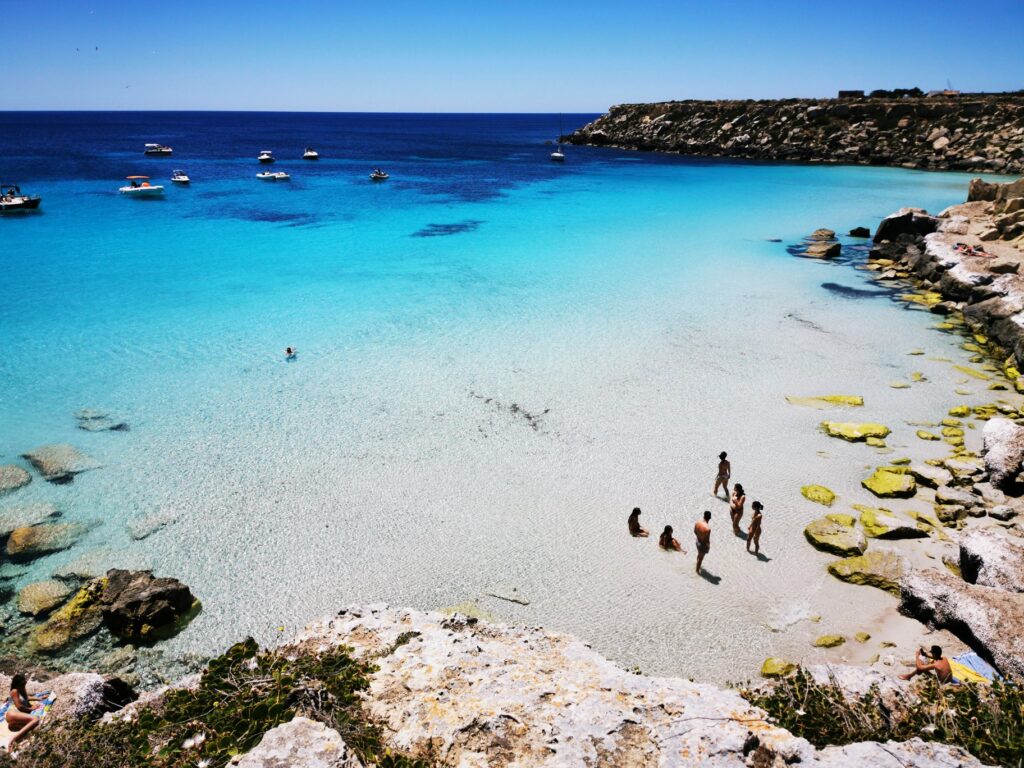
FAVIGNANA
The main of the Egadi islands offers a lot in terms of nature and relaxation and is really a stone's throw from some important points of interest such as Trapani and Marsala. The name Favignana derives from “favonius”, ie favonium, the term with which they indicated the warm falling wind coming from the west.
The traditional Mediterranean architecture of the island, characterized by white plaster and blue or green windows, are, especially in recent years, the subject of rediscovery and enhancement. In ancient times the name of Favignana was Egusa (Aegusa for the Latins), from the Greek Aigousa (Αἰγοῦσα), meaning "who has goats", given their abundance on the island. It was also known by other names such as Aponiana, Katria, Gilia and is remembered by numerous writers including Pliny, Polybius, Nepoziano, the anonymous Ravenna.

PALERMO
Here are the 15 must-see places in Palermo according to Skyscanner:
La Martorana, Norman Palace / Palatine Chapel, Teatro Massimo, Catacombs of the Capuchins, Monte Pellegrino and Grotte dell'Addaura, Sanctuary of Santa Rosalia, Quattro Canti, Palermo Cathedral, Palazzo Chiaramonte-Steri, Palermo markets, Santa Maria dello Spasimo, Mondello beach, La Zisa, San Lorenzo Oratory and the Pretoria Fountain